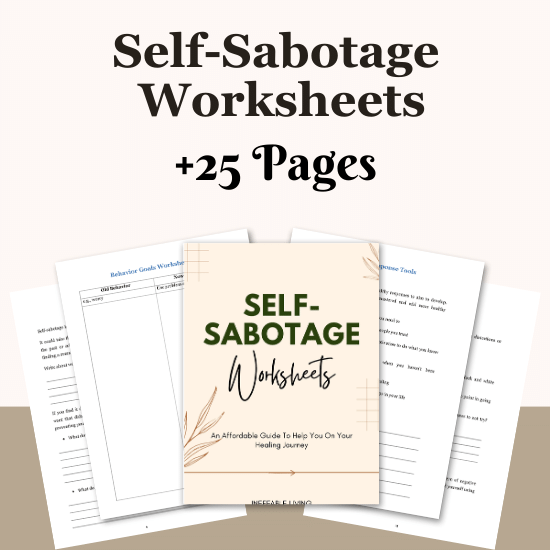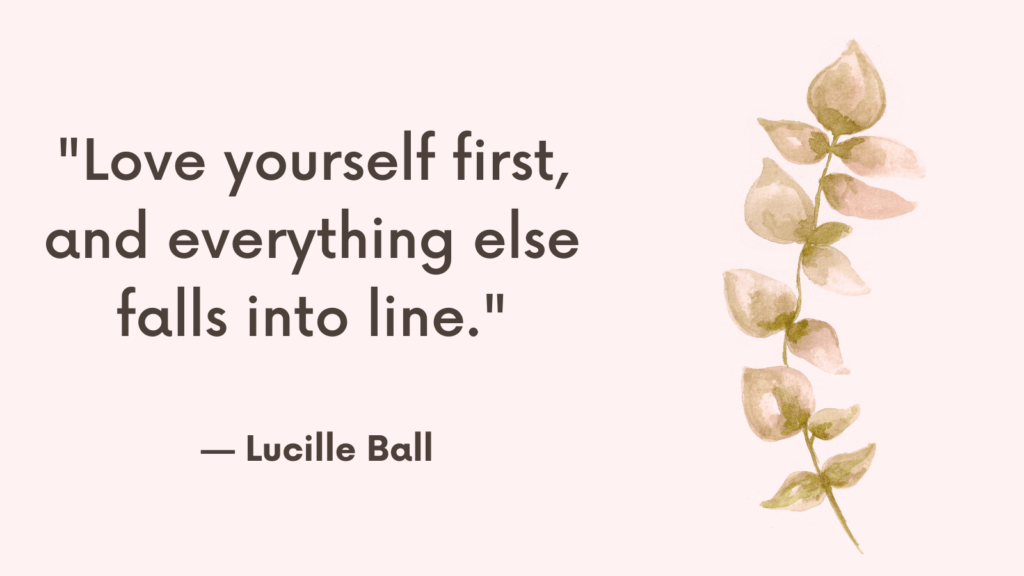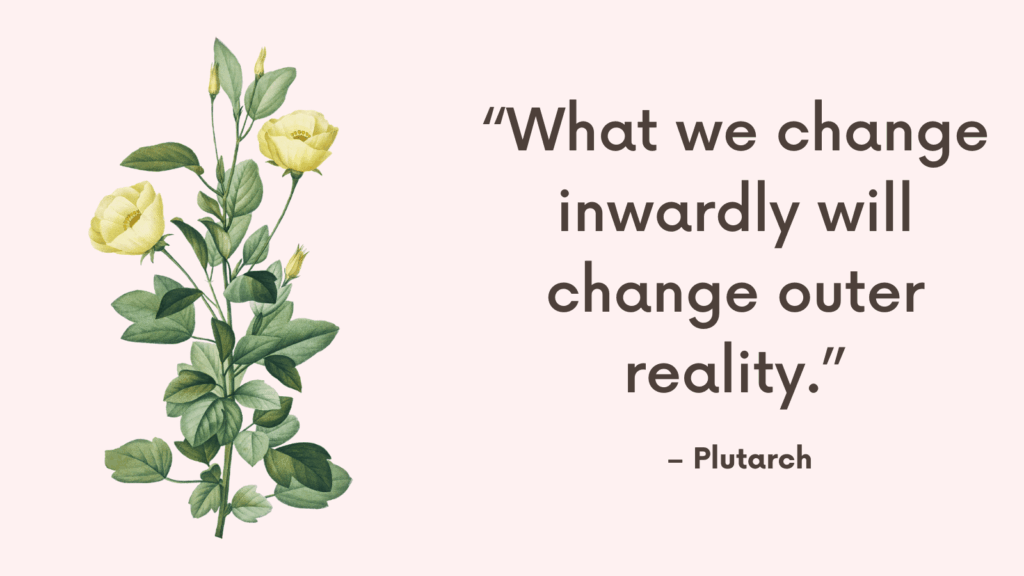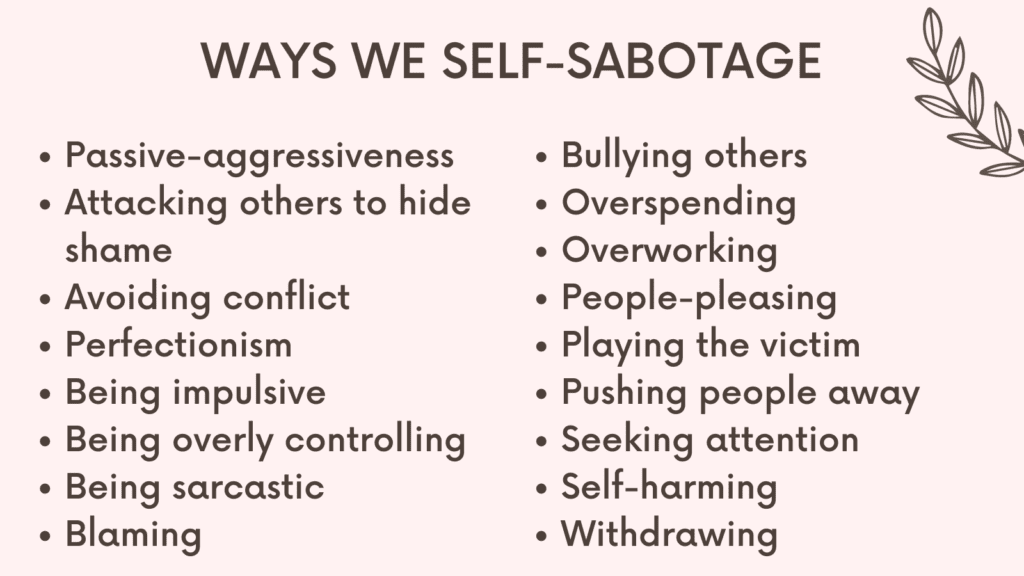Passive self-injury is a term that many people might find perplexing.
Unlike active self-harm, where individuals engage in behaviors that directly cause physical harm, passive self-injury involves behaviors or thoughts that are less overt but still damaging.
This blog post will explore the nuances of passive self-injury, why it can be so confusing, and practical steps you can take to manage these feelings and behaviors.
What is Passive Self-Injury?
Passive self-injury refers to behaviors or thoughts that indirectly harm oneself.
This can include neglecting personal care, engaging in risky behaviors, or having persistent suicidal thoughts without any active plans to harm oneself.
These thoughts and behaviors often stem from feelings of hopelessness and low self-worth, making them a coping mechanism for underlying emotional pain.
Related: Best 7 Self Sabotage Books
The Confusing Nature of Passive Self-Injury
Many people find passive self-injury confusing because it doesn’t involve direct, intentional harm.
Instead, it can manifest as a series of seemingly harmless behaviors that, over time, can lead to significant emotional and physical consequences.
For example, someone might neglect their health by not eating properly, avoiding medical appointments, or engaging in substance abuse.
These actions are less noticeable than cutting or burning, but they still indicate a disregard for one’s well-being.
Why Addressing Passive Self-Injury is Crucial
Ignoring passive self-injury can lead to severe consequences.
The cumulative effect of neglecting personal care, engaging in risky behaviors, and persistent suicidal thoughts can severely impact one’s physical and mental health.
Therefore, it’s essential to address these behaviors and thoughts proactively.
Related: Best 21 Self Sabotage Journal Prompts
Understanding the Underlying Causes
To effectively address passive self-injury, it’s crucial to understand its root causes.
These can include unresolved trauma, chronic stress, and feelings of hopelessness or low self-worth.
By identifying the underlying issues, individuals can begin to develop healthier coping mechanisms and seek appropriate help.
How to Cope with Passive Self-Injury?
1. Acknowledge Your Feelings
The first step in addressing passive self-injury is to acknowledge your feelings.
It’s essential to recognize that your thoughts and behaviors are a sign of deeper emotional pain and not something to be ashamed of.
By acknowledging your feelings, you can start to understand and address the underlying issues.
Related: How to Break the Cycle of Trauma Reenactment?
2. Develop Healthy Coping Mechanisms
Finding healthy ways to cope with emotional pain is crucial.
This can include activities like journaling, exercise, mindfulness, and engaging in hobbies that bring you joy.
By developing these positive coping mechanisms, you can reduce the reliance on passive self-injury as a way to manage your emotions.
3. Build a Support Network
Having a support network of friends, family, or support groups can make a significant difference.
These individuals can provide emotional support, offer different perspectives, and help you feel less isolated.
It’s important to communicate openly with them about your struggles and let them know how they can support you.
Related: Negative Core Beliefs List (& 8 Tips On How To Challenge Them)
4. Practice Self-Compassion
Learning to be kind to yourself is vital.
Practice self-compassion by acknowledging your struggles without judgment and treating yourself with the same kindness you would offer a friend.
This can help reduce feelings of shame and guilt that often accompany passive self-injury.
5. Create a Routine
Establishing a daily routine can provide structure and a sense of control.
This can include regular sleep patterns, meal times, and incorporating activities that promote well-being.
A routine can help you stay grounded and focused, reducing the likelihood of engaging in passive self-injury behaviors.
6. Set Small, Achievable Goals
Setting small, achievable goals can help build confidence and provide a sense of accomplishment.
These goals can be related to self-care, social interactions, or personal interests.
By focusing on attainable goals, you can gradually build momentum and create positive changes in your life.
Related: Top 5 Self Love Exercises (+FREE Self-Love Resources)

Conclusion
Passive self-injury is a complex and confusing issue, but understanding its nuances can help individuals take steps toward healing.
Remember, you are not alone in this journey. Many people struggle with similar issues, and there is help available.
Don’t hesitate to reach out for support and take the first step towards a healthier, happier life.



